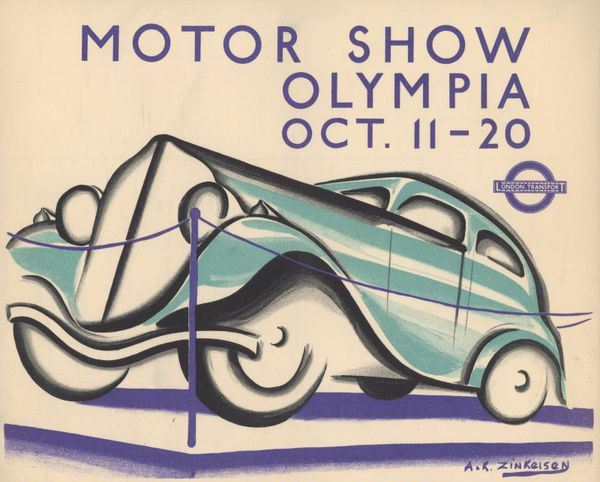Cans Of Wine Are Catching On
- Editor OGN Daily
- Jan 13, 2023
- 2 min read
Updated: Jan 25, 2023
Wine poured - or sipped - from cans is gaining in popularity in the US, and drastically reducing emissions from the industry. Time to pick up a six-pack of Sauvignon?

For the past few years, a quiet revolution has been taking place in the wine industry. Cans are cool and bag-in-box is chic, and not just according to Vogue who recently asked 'Is Boxed Wine Becoming Cool?' Sales figures show that the stigma of alternative wine containers, from kegs to cartons, is slowly being whittled away. Perfectly portable, often beautifully designed cylindrical vessels are demystifying the rarefied world of wine. And its associated snobbery.
Cans are shaping up to be one of the most promising sustainable interventions in the industry.
Francis Ford Coppola’s eponymous winery was an early adopter of the aluminium alternative, with its 2004 canned tribute to his daughter: Sofia Blanc de Blancs. Now, there are plenty of canned wines to choose from and the business of 'six packs' is growing rapidly, making up $235.7m of the global wine market in 2021, and projected to surpass $570m by 2028. (It’s a fraction of 2021’s $424.99bn wine market, but a fast-blooming one nonetheless.)
For centuries, the 750ml glass bottle proved itself the best container for wine. However, glass bottles are responsible for the largest percentage of greenhouse gas emissions from the wine industry. A report by the Wine Institute, an industry association of California wineries, found that glass bottles accounted for 29% of the carbon footprint of wine - and that’s not including transport, during which the vessels’ heavy weight pushes emissions up further. We think of glass as recyclable, which technically it is - but in the US, only 31% of glass is recycled, compared with 50% of aluminium cans. For wine drinkers who care about the planet, considering alternative containers should be seriously considered.



